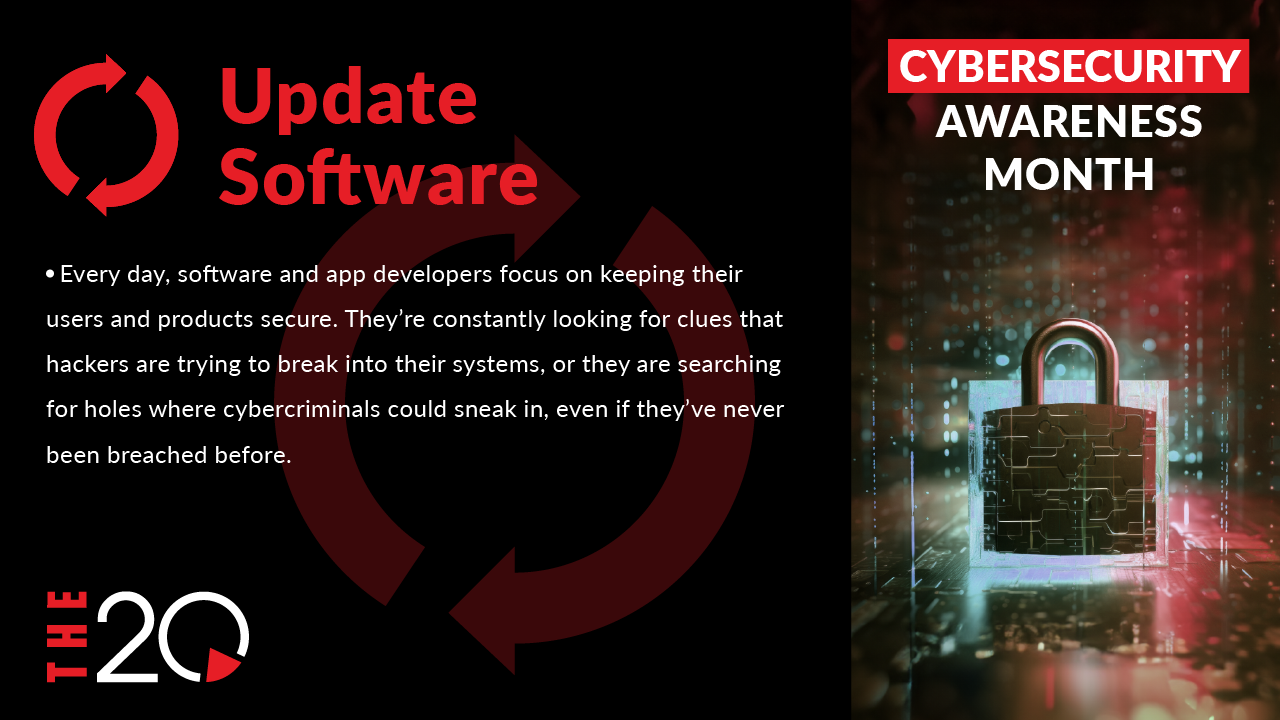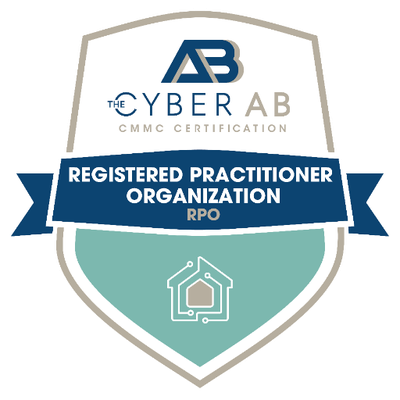
MSPs: The Solution to Your Update Woes
Struggling to keep up with software updates at your organization? We feel your pain – and we can help!
Let’s hear it for … software updates!
What? Nobody?
OK, we get it – software updates are hardly the most exciting topic in IT. But they are extremely important – and not only for the functionality of your organization’s IT environment, but for its security too. In this digital era, keeping your IT systems patched and up to date is a vital part of running a business, but it’s not uncommon for modern organizations to struggle with this responsibility – or neglect it altogether. Get this:
According to recent research, nearly 60% of companies don’t patch their software on a regular basis.
This is a serious problem, as research also indicates that 60% of data breaches stem from unpatched vulnerabilities.
But the purpose of this article isn’t to wag our proverbial finger at all you slow-patching or no-patching companies out there. Instead, we want to exercise a little empathy and look at the reasons why an organization might engage in less-than-desirable updating behaviors.
But we’re not stopping there, because here at The 20 we’re problem-solvers. So, for each reason why you might be struggling with updates at your organization, we’re going to show you how partnering with a managed service provider (MSP) can help – a lot.
Reason #1 – Updates Are Time-Consuming
In 2015, organizations worldwide used, on average, just 8 software-as-a-service (SaaS) apps. In 2022, the average number was 130 (source). App sprawl is a very real thing, and it’s turning updates into a gigantic burden – especially for small and medium-sized companies that lack the IT resources to stay on top of things. It might be the case that your organization simply doesn’t have the time or energy to keep up with software updates. We sympathize.
MSP to the Rescue!
Working with an MSP solves the no-time dilemma in a very straightforward way: we can take care of updates for you! This mirrors the overall business model of managed services: we take care of IT so you can focus on other things, such as attracting new customers, refining your corporate strategy, and the countless other fun and important things you can do when you’re not bogged down by IT issues.
Reason #2 – Updates Break Things
Maybe you’ve had this experience: you install a new software update and feel good about it…until your IT environment goes haywire! Sometimes, updates result in IT issues because they introduce unexpected conflicts with existing applications or configurations, leading to a cascade of problems that disrupt your workflow and productivity. For many organizations, fear of these
unexpected disruptions is what stands in the way of prompt updates. The “if it ain’t broke, don’t fix it” mentality prevails, resulting in perpetually outdated and vulnerable systems.
MSP to the Rescue!
When you’re partnered with an MSP – at least one worth its salt – you don’t have to worry about updates messing things up. That’s because an MSP not only can handle the scheduling and deployment of updates, but also, can conduct thorough testing in advance. This allows us to ensure that software updates are compatible with your existing applications and configurations, minimizing the risk of unexpected conflicts. And, in the event of any unforeseen issues, we can provide immediate support, making the update process as smooth as possible.
Reason #3 – Updates Are Complicated
As mentioned, with so many apps running at your organization, the sheer number of updates you need to manage can quickly get overwhelming. But on top of that, there’s figuring out what to update when. Not all updates are equally important, and any halfway-decent approach to update management should involve prioritization. But you don’t have a huge IT team, and besides, they’re busy enough as is! Who’s supposed to coordinate this stuff?
MSP to the Rescue!
MSPs are skilled at simplifying the complexities of update management. We bring order to the chaos by prioritizing updates based on their significance, with security-critical updates typically taking top priority (because the alternative is this). This ensures that the most crucial updates are addressed promptly, reducing vulnerability to potential threats. Moreover, an experienced and capable MSP is a master at scheduling updates in ways that minimize disruptions to your daily workflows. This stuff takes many hours and serious expertise, and very few in-house IT teams have the bandwidth to create and implement an updating policy that’s anywhere near as effective as what a capable MSP can provide.
Is it worth it?
Is keeping up with updates and patching promptly really worth it?
Are the security issues that arise from unpatched vulnerabilities and the functionality issues that arise from outdated software really severe enough to justify the time and effort it takes to keep your systems patched and up to date?
Yes!
It’s really that simple. Updates bring better functionality so you and your team can work more efficiently. They bring better security, so you don’t become the latest victim of a cyberattack. And they help maintain compliance (a topic we haven’t touched on till now, but an important one in its own right), so you don’t get slapped with exorbitant fines should a security incident occur.
The question isn’t whether to update, but how. Do you try to handle things on your own, burdening your IT staff with a near impossible task? Or do you hand things over to an experienced MSP, who can not only tame your update beast, but streamline your entire IT infrastructure so it glides along as smoothly as a swan on a tranquil lake?
More and more small and medium-sized businesses are turning to MSPs for IT support. Are you ready to discover how much easier life is with an experienced MSP taking care of your company’s technology? Let’s chat.



